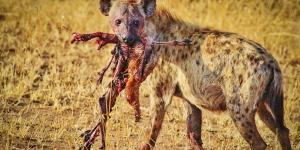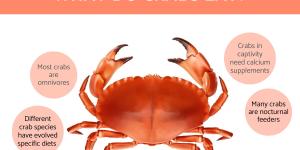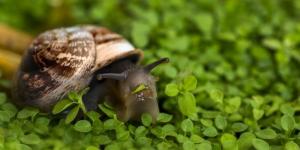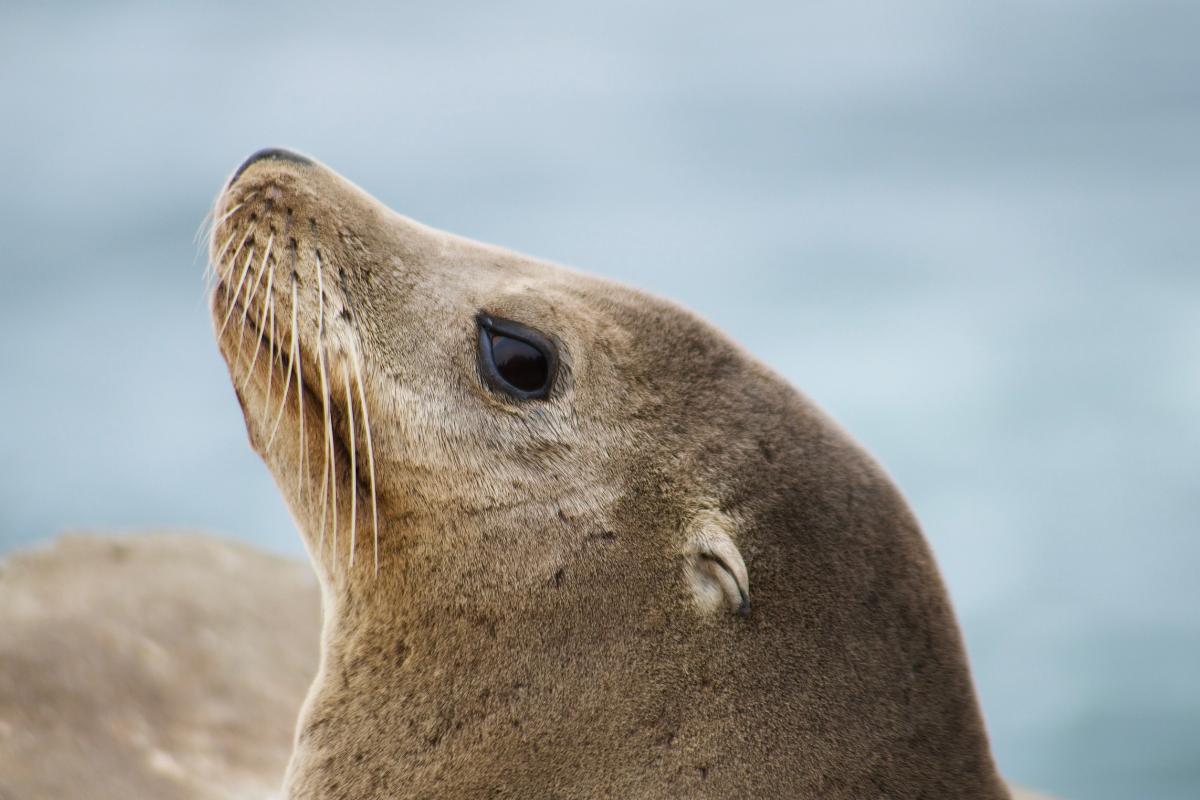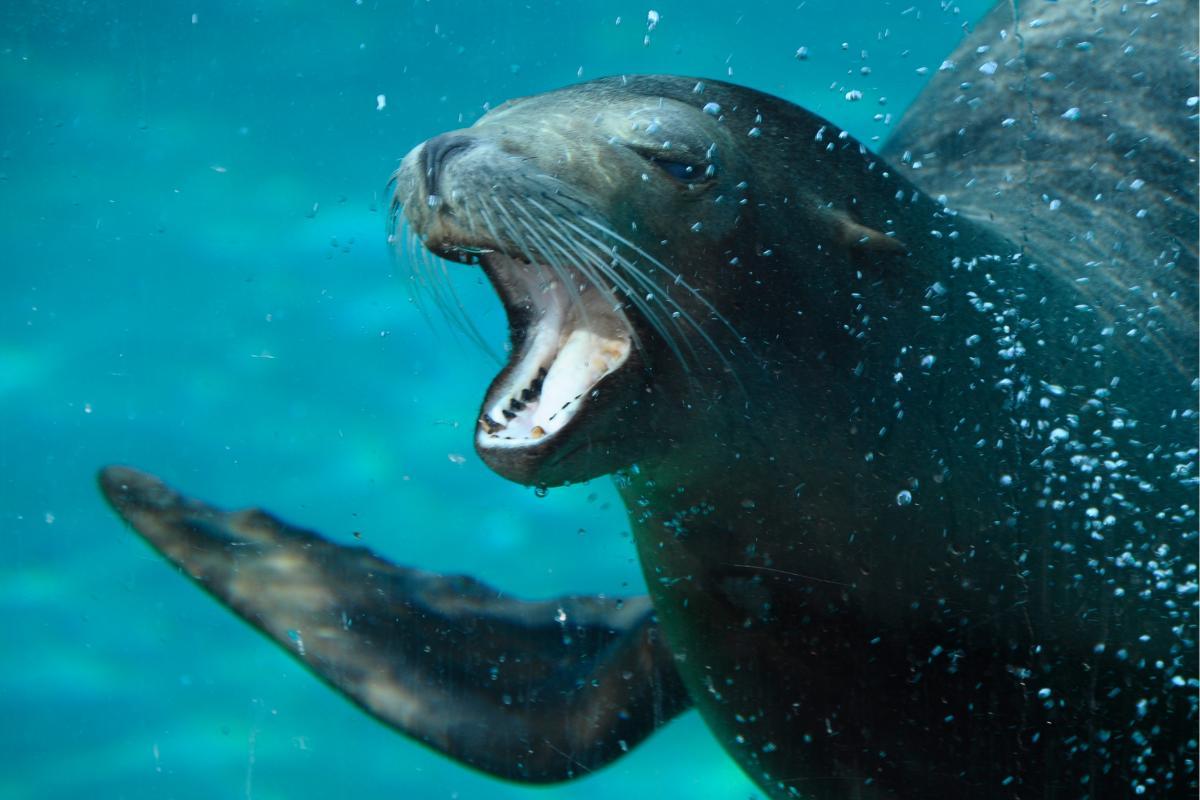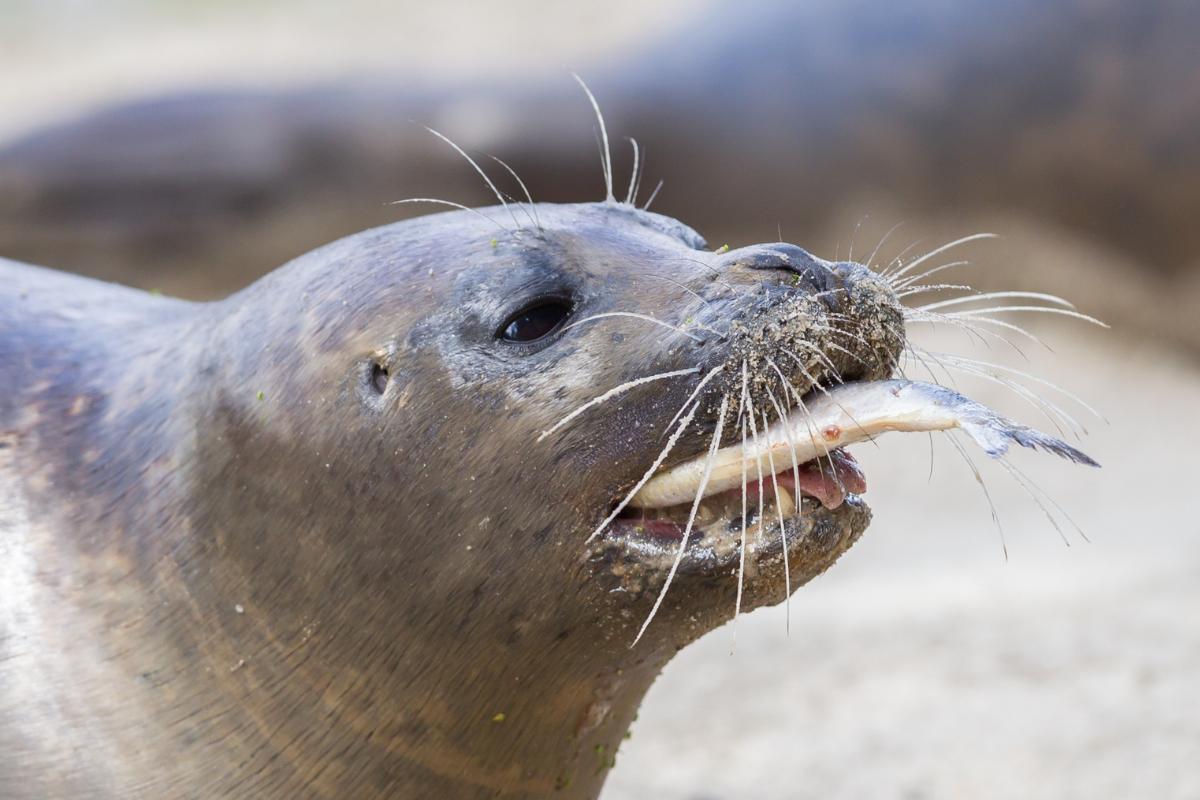What Do Sea Lions Eat?

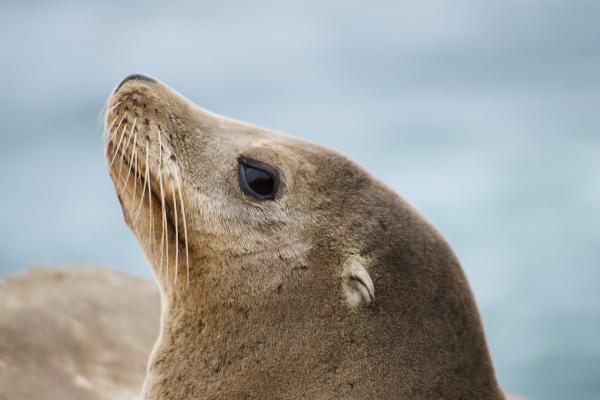
Sea lions are skilled marine predators whose diet and hunting strategies have evolved to thrive in diverse ocean environments. From the cold waters of Alaska to the warm seas of the Galápagos, these members of the Otariidae family have developed sophisticated feeding behaviors that combine speed, agility, and sensory adaptations. Their diet varies significantly based on species, location, and seasonal availability of prey, making them highly adaptable predators in marine ecosystems.
This AnimalWised article explores what sea lions eat, how they hunt, and how their feeding patterns change throughout their lives, from nursing pups to skilled adult hunters.
What do sea lions eat?
Sea lions are carnivorous mammals that belong to the Otariidae family. Their diet varies based on their environment and food availability, showing how they've adapted to different marine habitats over time.
Fish make up most of their diet, with anchovies, sardines, herring, and mackerel being their main targets. These fish swim in schools near coastlines.
In addition to fish, sea lions eat cephalopods, mainly squid and octopus. These creatures provide protein when fish are harder to find.
Sea lions also eat other marine animals, though less frequently. They catch crustaceans, shellfish, and mollusks like mussels, particularly in rocky coastal areas. In some cases, they hunt seabirds that rest on water or even take eggs and young birds from coastal colonies. Some sea lions even enter rivers to catch migrating fish, showing their ability to adapt to different environments.
Their diet changes based on season and location. In cold regions, Steller sea lions (Eumetopias jubatus) in Arctic and sub-Arctic waters eat larger fish with more fat, such as cod, pollock, and salmon. This helps them maintain their body weight in cold conditions. Meanwhile, sea lions in warmer waters eat different types of prey, often following fish migrations and switching hunting areas based on food availability.
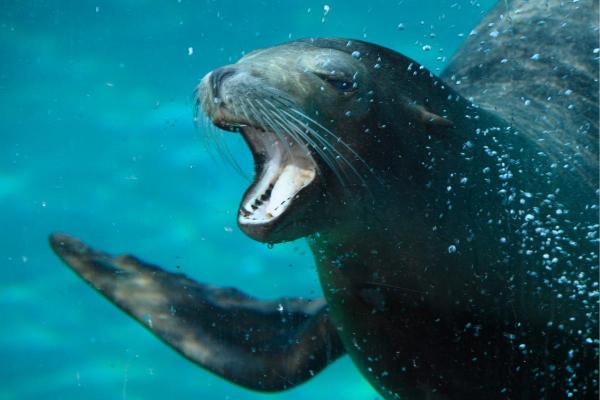
What do baby sea lions eat?
Baby sea lions depend entirely on their mother's milk in their first months of life. This milk contains high levels of fat and nutrients, helping pups grow quickly and build the blubber layer they need for swimming and staying warm in cold waters.
The shift from milk to solid food happens gradually. This transition period, called weaning, begins when pups are a few months old, though timing varies by species. Some pups continue nursing for 6 months, while others may nurse for up to a year. During weaning, pups start eating small fish while still drinking milk, allowing their digestive systems to adapt to solid food.
The mother's role goes beyond providing milk, she teaches hunting techniques and helps her pup recognize suitable prey. She might also bring wounded fish to the surface, making it easier for her pup to practice catching prey. This training continues until the young sea lion can hunt effectively alone, usually by the time they are fully weaned.
Different sea lion species wean their pups at different rates, depending on factors like habitat, food availability, and environmental conditions. This flexibility in nursing duration helps ensure pups develop the skills and strength they need for survival in their specific marine environment.
Curious about how seals, sea lions, and walruses differ? Explore the differences between these flippered cousins in our other article.
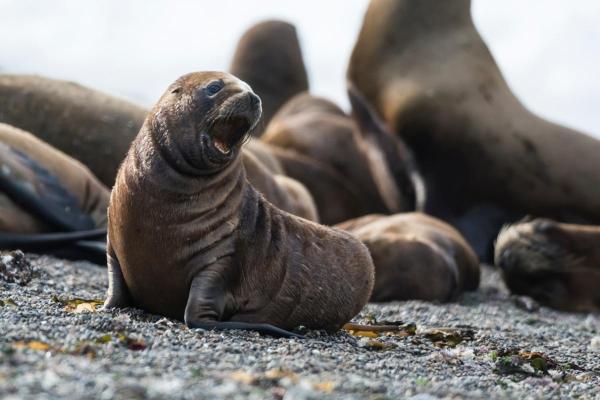
How do sea lions hunt?
Sea lions use various hunting techniques that showcase their adaptation to marine environments. When hunting alone, they rely on their speed and agility to chase individual fish.
They can swim at speeds up to 40 kilometers per hour (25 miles per hour) in short bursts, allowing them to catch fast-swimming prey. During group hunts, several sea lions work together to herd schools of fish into tight clusters, making them easier to catch.
Their diving capabilities are essential for successful hunting. Sea lions can dive to depths of 183 meters (600 feet) or more, though most hunting occurs in shallower waters between 61-152 meters (200-500 feet). They can stay underwater for up to 20 minutes, though typical hunting dives last 3-5 minutes. This ability lets them access prey at different depths throughout the water column.
Sea lions' whiskers, called vibrissae, play a crucial role in hunting. These specialized sensory organs can detect subtle changes in water movement created by swimming fish. Each whisker contains hundreds of nerve endings that send detailed information to the brain about nearby prey, even in dark or murky waters.
When fish swim, they leave behind small waves and currents called vortices. Sea lions' whiskers can detect these disturbances, helping them track prey they cannot see.
Their hunting strategy often involves scanning the water with their whiskers while swimming in a zig-zag pattern. When they detect prey, they can quickly change direction and speed to pursue it. In deeper waters, they may swim in circles while diving, using their whiskers to locate schools of fish or squid.
Sea lions also adjust their hunting techniques based on prey type. When hunting fish near the surface, they often chase them from below, trapping them against the water's surface. For bottom-dwelling prey like octopuses or crustaceans, they use their sensitive whiskers to probe the seafloor.
During group hunts, they coordinate their movements to drive fish toward shallow waters or against rock walls, making escape more difficult for their prey.
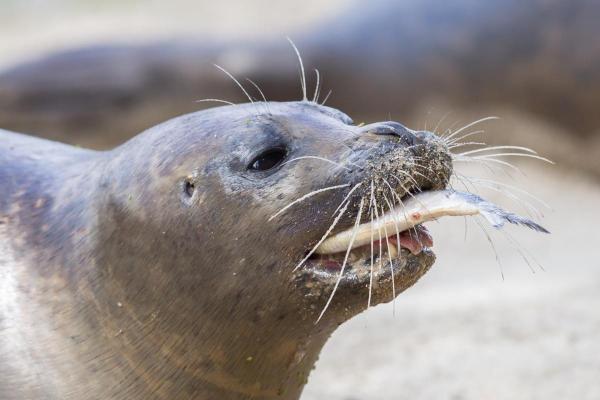
How much do sea lions eat?
Sea lions daily food intake depends on their species, size, age, and environmental conditions. Their efficient hunting allows them to meet high energy demands, which vary throughout the year and during different life stages.
Body size significantly affects how much sea lions eat. California sea lions (Zalophus californianus), weighing up to 400 kg (880 pounds), consume between 5% and 8% of their body weight daily, which is about 20-32 kg (44-70 pounds) of food. Australian fur seals (Neophoca cinerea), weighing around 300 kg (660 pounds), eat more proportionally, requiring about 10% of their body weight in food each day.
Females need more food during pregnancy and nursing. Their caloric needs increase by 20-30% compared to non-pregnant females, mainly to support fetal growth and milk production. This higher energy requirement means they must hunt more frequently or target prey with higher caloric content.
Environmental conditions also affect how much food sea lions consume. During times when fish are abundant, sea lions can easily meet their nutritional needs. However, when prey becomes scarce due to changes in ocean conditions or climate patterns, they must adapt by:
- Traveling farther to find food
- Switching to different prey types, such as from Pacific herring (Clupea pallasii) to Pacific mackerel (Scomber japonicus)
- Adjusting their daily intake
- Hunting in new areas, including unfamiliar environments
While these numbers provide general guidelines, individual sea lions may eat more or less depending on their specific circumstances. For example, Steller sea lions (Eumetopias jubatus), the largest species, can weigh up to 1,000 kg (2,200 pounds) and require proportionally more food.
Ready to meet more marine mammals? Dive into our complete guide to discover the incredible diversity of ocean life.
If you want to read similar articles to What Do Sea Lions Eat?, we recommend you visit our Healthy diets category.
- Páez-Rosas, D., & Aurioles-Gamboa, D. (2010). Alimentary niche partitioning in the Galapagos sea lion, Zalophus wollebaeki. Marine Biology, 157(12), 2769-2781. https://doi.org/10.1007/s00227-010-1535-0
- Páez-Rosas, D., Moreno-Sánchez, X., Tripp-Valdez, A., Elorriaga-Verplancken, F. R., & Carranco-Narváez, S. (2020). Changes in the Galapagos sea lion diet as a response to El Niño-Southern Oscillation. Regional Studies in Marine Science, 40, 101485. https://doi.org/10.1016/j.rsma.2020.101485
- Robinson, H., Thayer, J., Sydeman, W. J., & Weise, M. (2018). Changes in California sea lion diet during a period of substantial climate variability. Marine Biology, 165(11), 1-12. https://doi.org/10.1007/s00227-018-3424-x
- Weise, M. J., & Harvey, J. T. (2008). Temporal variability in ocean climate and California sea lion diet and biomass consumption: implications for fisheries management. Marine Ecology Progress Series, 373, 157-172. https://doi.org/10.3354/meps07626

